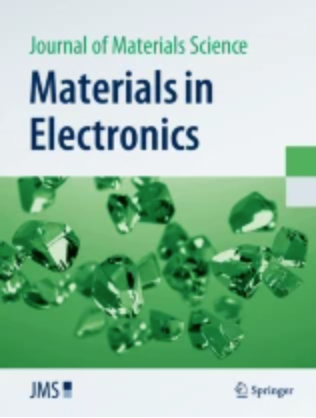Study on the properties of epoxy insulating materials degradation and recycled materials based on 2,4,6-tris(dimethylaminomethyl)phenol catalyzed transesterification reaction
Abstract
Epoxy resin is widely used as an insulating material for electric equipment and electronics due to its superior insulating properties and physicochemical properties. However, the insoluble and non-fusible three-dimensional network structure formed after curing leads to difficulties in recycling, resulting in waste of resources and environmental pollution. In this paper, 2,4,6-tris(dimethylaminomethyl)phenol (DMP-30) was utilized as a catalyst to accelerate the curing of bisphenol A diglycidyl ether (DGEBA) by glutaric anhydride (GA) to obtain an epoxy insulating material. The degradation of this epoxy was achieved using ethylene glycol (EG) under 180 ℃ in 2 h. The performance test shows that the composite epoxy resin has a dielectric constant of 3.075 and a dielectric loss of 0.02, which is similar to that of the original epoxy resin. At the same time, the breakdown field strength of the re-prepared epoxy resin insulation material is as high as 38.66 kV/mm, which is 8.1% higher than the 35.76 kV/mm of the original epoxy resin. However, thermogravimetric analysis showed a slight decrease in thermal stability. These results provide important technical support for the efficient recycling of epoxy insulation materials.

 求助内容:
求助内容: 应助结果提醒方式:
应助结果提醒方式:


